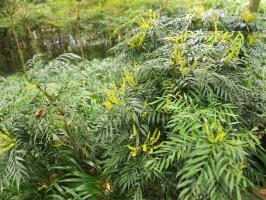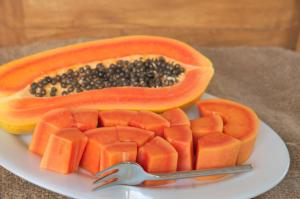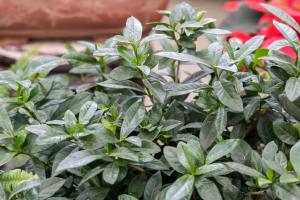Introduction
Seedless vascular plants are a unique group of plants that differ from other plants in terms of their reproductive and structural characteristics. They are also referred to as Pteridophytes and are found in various habitats including wetlands, forests, and deserts.
What are Seedless Vascular Plants?
Seedless vascular plants are plants that do not produce seeds but reproduce through spores. They are the earliest group of plants, which evolved approximately 350 million years ago. Plants belonging to this group have specialized tissues called vascular tissues that are responsible for conducting water and nutrients throughout the plant.
Structure of Seedless Vascular Plants
Seedless vascular plants possess a unique structure that enables them to survive in their various habitats. They have a well-defined root system that absorbs water and nutrients from the soil. The stem of seedless vascular plants is usually long and slender, and it bears leaves that are called fronds. The fronds are arranged in a pattern and are responsible for photosynthesis. The fronds are also the reproductive organs of seedless vascular plants and bear spores in special structures called sporangia.
Types of Seedless Vascular Plants
There are a variety of seedless vascular plants, each with its unique characteristics. Some of the most common seedless vascular plants include ferns, horsetails, and club mosses. Ferns are the most diverse of seedless vascular plants and are found in a variety of habitats. Horsetails, on the other hand, have hollow stems and reproduce through spores produced in cone-like structures. Club mosses are small plants that grow close to the ground and reproduce through spores produced under the leaves.
Importance of Seedless Vascular Plants
Seedless vascular plants play an essential role in the ecosystem. They provide food, shelter, and habitat for numerous animal species. Additionally, they are important in preventing erosion of soil and protecting watersheds. They are also used in traditional medicine as a source of natural remedies.
Conclusion
Seedless vascular plants are a fascinating group of plants that have unique reproductive and structural characteristics. They are an essential part of the ecosystem, and their survival is crucial for the well-being of many animal species. Their role in medicine and erosion control highlights their importance in the world we live in.

 how many times do yo...
how many times do yo... how many planted tre...
how many planted tre... how many pine trees ...
how many pine trees ... how many pecan trees...
how many pecan trees... how many plants comp...
how many plants comp... how many plants can ...
how many plants can ... how many plants and ...
how many plants and ... how many pepper plan...
how many pepper plan...

































